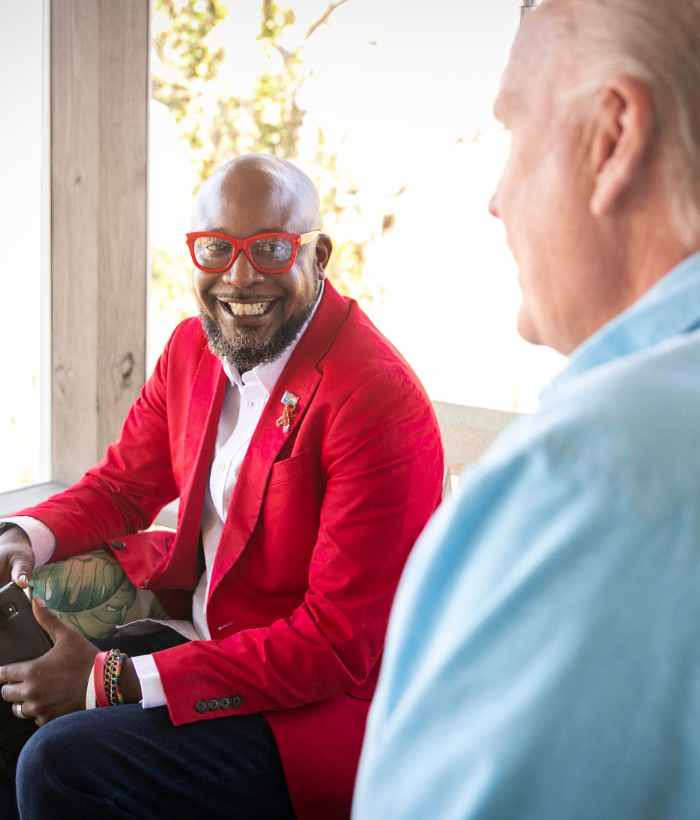When it comes to relationship, there isn’t a ‘one size fits all,’ approach – it’s about what feels right for you and your partners.
Key things to know
- Different people look for different things in relationships – and that’s ok.
- Being able to talk about what you’re looking for in a relationship, and listening to your partners can help set boundaries in a relationship.
- Consent is fundamental to healthy relationships – it can be verbal and non-verbal and can be withdrawn at any time.
Instead of providing examples of what a healthy relationship should and shouldn’t looks like, we think it’s best to provide some information on different aspects of having a relationship.
Get in touch
Within our culture, there is still a strong presumption that monogamous relationships are the acceptable ‘norm’. However, while monogamy will be right for lots of people, it is not the only form of relationship out there.
Open relationships are becoming more visible, where people can explore fulfilling relationships with multiple partners within agreed boundaries.
Due to the prevalence of monogamy in discussions about relationships, it’s not uncommon for people with a preference for open relationships to feel a sense of anxiety or even shame about their preferences – questioning if what they want is somehow unusual.
However it is important to remember that, whatever relationship type is your preference, your feelings are valid. Being able to talk about your preferences with partners, and building relationships that feel right and have appropriate boundaries for everyone, is the most important thing.
Sexual attraction describes a person’s identity based on their attraction and behaviours in a sexual relationship.
Some people experience attraction towards just one gender, while others can be attracted to multiple genders, or different genders of people at different times in their life.
There are also many people who would identify as asexual, prioritising romantic, emotional or spiritual attraction over sexual attraction.
Romantic attraction describes the gender with which a person is likely to have a relationship with or express love. This does not necessarily have to involve sex. For some people, their romantic and sexual attraction are the same, for some it isn’t.
This means that some people can have different sexual and romantic orientations. There are many ways to identify sexual and romantic attractions and it’s all about exploring what is best for you.
Different people have different preferences when it comes to sex, and what works for one person won’t necessarily work for someone else.
Often, conversations about sex between men can focus on things like anal sex, and some men can feel a sense of anxiety if that’s not what they’re into.
The truth is that there isn’t one ‘right’ way to enjoy pleasurable sex – it can look different for everyone. It’s all about exploring what you enjoy – what feels good and what doesn’t – and knowing that your experience is valid.
We have developed a Good Sex Guide that can help you to explore different ways to enjoy different kinds of sex.
Communication about sex is an essential part of being in a healthy relationship, but it can sometimes feel a little awkward. That’s totally normal, but the more you do it, the easier it becomes.
Talking about your own sexual preferences, and listening to those of your partners can help everyone to get a better idea of what works and feels good.
It also means that everyone is on the same page and can focus on enjoying sex, rather than worrying about it.
It is also good to continually check in with your partners and keep the lines of communication open, even if you have been together for a while. What feels good or what you’re interested in doing can change over time.
Some things to help start conversations with your partners could include:
- Does it feel good when I touch you there or do this?
- Do you like that?
- Can you tell me some things you enjoy?
- Can I tell you what I like?
Consent is fundamental to pleasurable sex, and it’s something we need to talk about more often. Consent is a ‘free agreement’, where there is no form of coercion, violence or threat.
Some of the main things to think about with consent are listed below:
- Consent is given willingly and enthusiastically
- Consent can be communicated in different ways, both verbally and through body language
- Consenting to one thing does not imply consent for others
- Consent can change over time, so it’s important to continually check in with partners.
- Consent can be withdrawn at any time.
Sometimes, it can feel uncomfortable saying ‘no’ – for example you might be worried about not pleasing your partner, However, you should never feel forced, pressured, persuaded or coerced into saying yes.
Sex in these circumstances would be a form of intimate partner violence.
If you find it difficult, or are worried about being able to communicate your boundaries with you partner, or would like further information or support on consent and your relationship, you can get in touch with us for a chat.
If you are worried about feeling pressured into sex that you’re not comfortable with, you can find information about specialist support on our Intimate Partner Violence page.
Looking for support?
If you are looking for tailored support and advice for gay, bisexual and all men who have sex with men, we're here to help. Get in touch by filling out our contact form.

